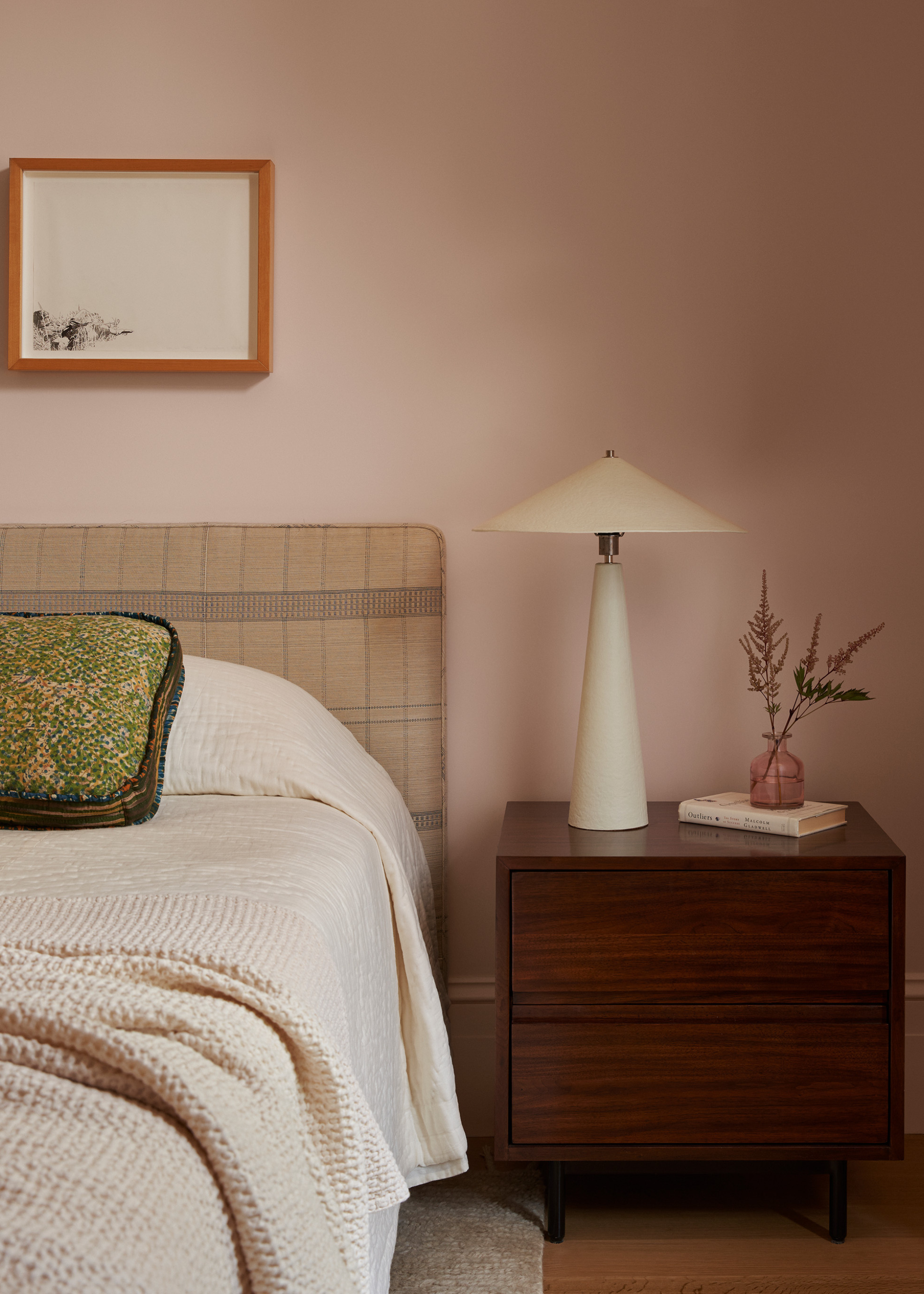
In learning about everything related to creating the perfect atmosphere for rest, I realized that I still have one major question unanswered — what’s the best position for sleep?
You can have the perfect bedroom temperature, a completely blacked-out bedroom, and a soft bedscape to support you. But what if your sleep position is keeping you from achieving true, comfortable rest? So, on my quest to learn how to sleep better, I asked the experts for their thoughts, and the verdict is in.
There's one position they swear by, and it's on your side. And on the other hand, there's another that you should try to avoid at all costs. Here are the answers to both and why.
What Is the Best Position for Sleep?

According to Sosha Lewis, certified sleep science coach at Mattress Clarity, sleeping on your side tends to be the most supportive option for overall health.
"It helps maintain natural spinal alignment, which can ease back and neck tension," she explains. "It also supports better airflow, reducing snoring and mild sleep apnea symptoms."
But there's more. Sosha tells me that there's a preferred side to sleep on, too. "Left-side sleeping, in particular, can aid digestion and circulation," she notes. "For most people, it’s a good balance between comfort and body support."
And once you find your pillow position, you'll be all set to soundly doze off on your side and master sleep hygiene, too.
What Is the Worst Position for Sleep?

Now that we've confirmed once and for all the best position for sleep, we might as well flip the question on its head and explore the worst stance for sound rest.
Livvi DiCicco, sleep expert at Sleepopolis, tells me that falling asleep on your stomach is usually the hardest on your body. "It can put stress on your neck because your head has to turn to one side," she says.
"Plus, sleeping on your front can also strain your lower back. And over time, this uncomfortable sleep position can cause stiffness, pain, and poor spinal alignment."
Sosha also agrees that stomach sleeping is the least ideal, saying: "It forces your body into an awkward twist and flattens the natural curve of your spine. And while some people feel comfortable this way in the short-term, it's not advisable in the long run."
Since the resulting discomfort could eventually cause trouble sleeping through the night, it's best to slowly amend your position by trying to switch to side sleeping instead.
Color: Beige
If you're not sold on just the look, our review of the Save My Face silk side sleeper pillow might tease you into making the switch.
Size: 120 cm (L) x 35 cm (D)
It might not be the only pillow you need, but this cuddly accessory lends all the extra support you need.
Support: Medium
The Memory Foam Pillow Hybrid Side Sleeper from Eve Sleep is known for its clever cooling fabric and supportive form.
FAQs
How to Change Your Sleep Position?
Livvi tells me that it takes time to retrain your body, but it can be done. "Try using a pillow between or behind your knees to make side sleeping more comfortable and stable. You can also place a firm pillow next to your body to prevent rolling onto your stomach," she advises.
"If you’re switching from stomach to side or back sleeping, choose a mattress that offers lots of support and a pillow that keeps your spine aligned. If you stick with it, your body will start to adapt to the new position naturally."
Side sleeping for the win! And now to dial it a few steps back and get you ready for rest, check out our guide on how to romanticize your bedtime routine. Trust me, it will make going to bed every night a dreamily awaited part of your day.







